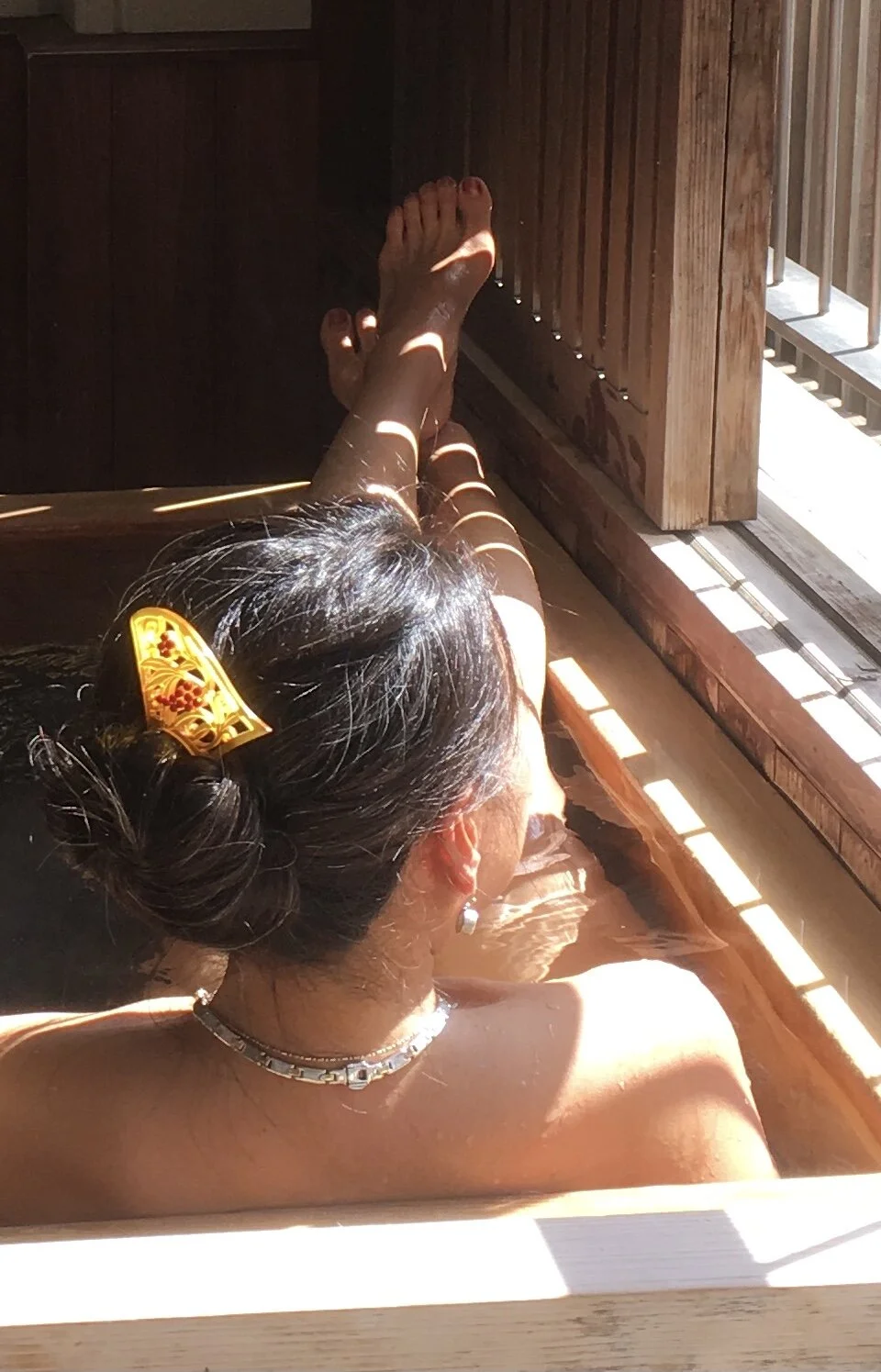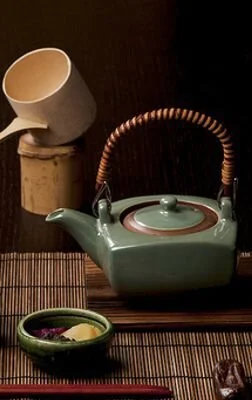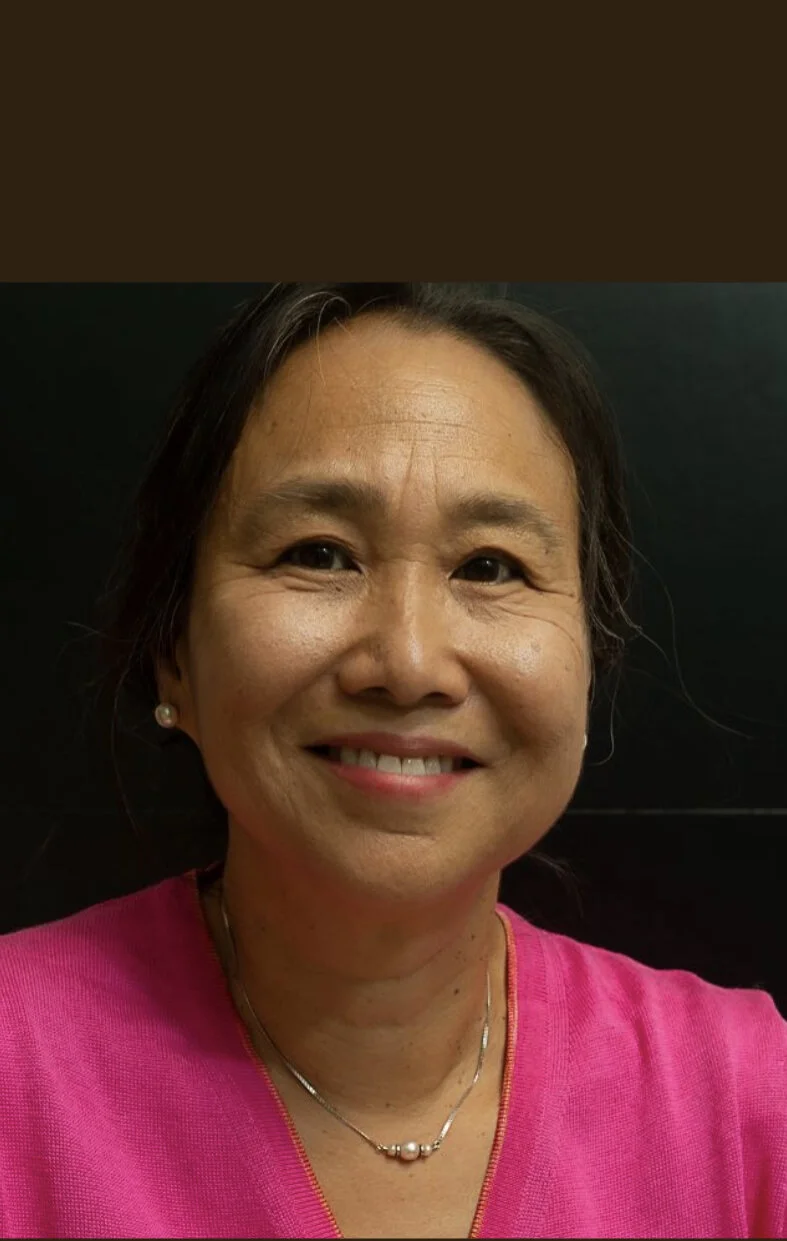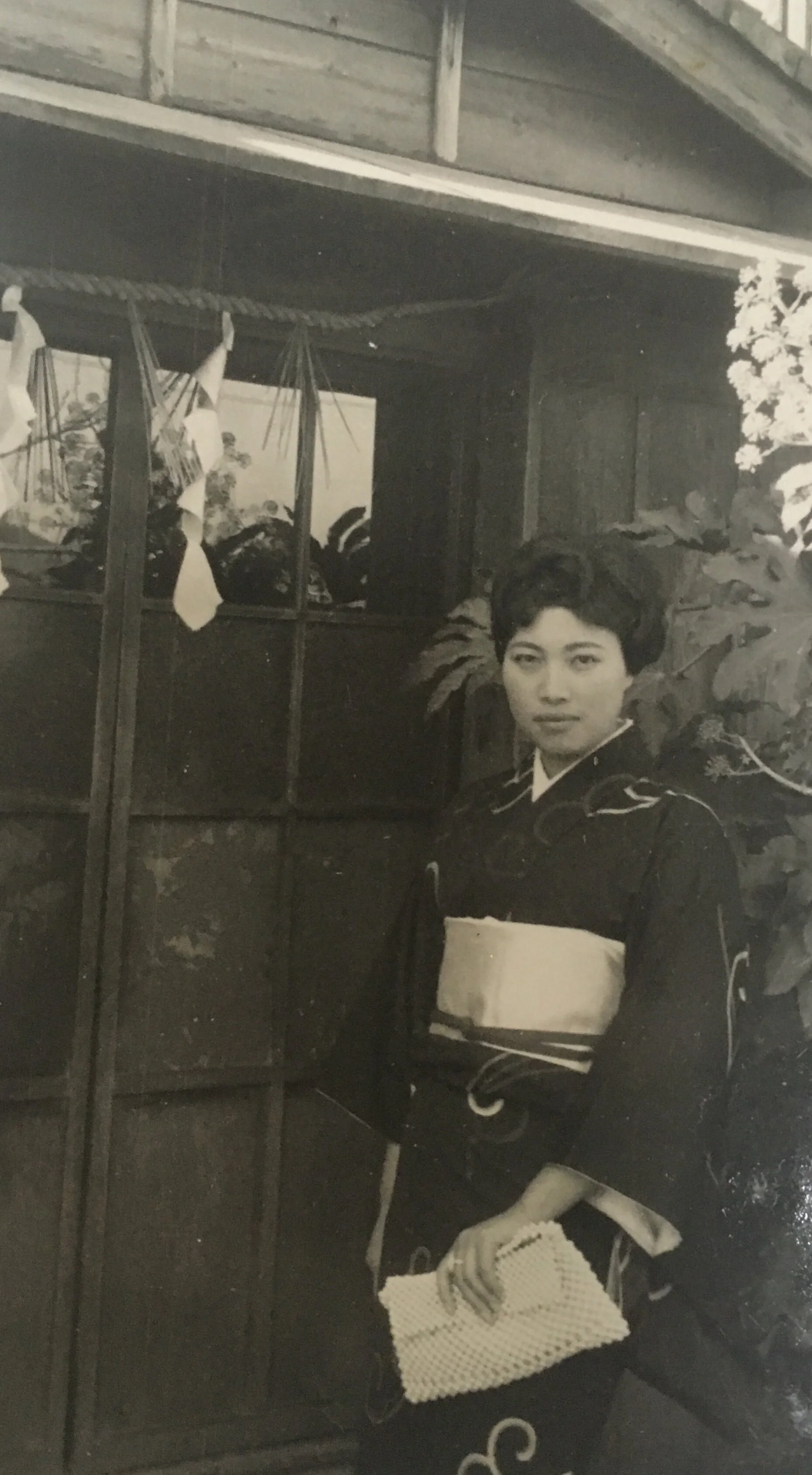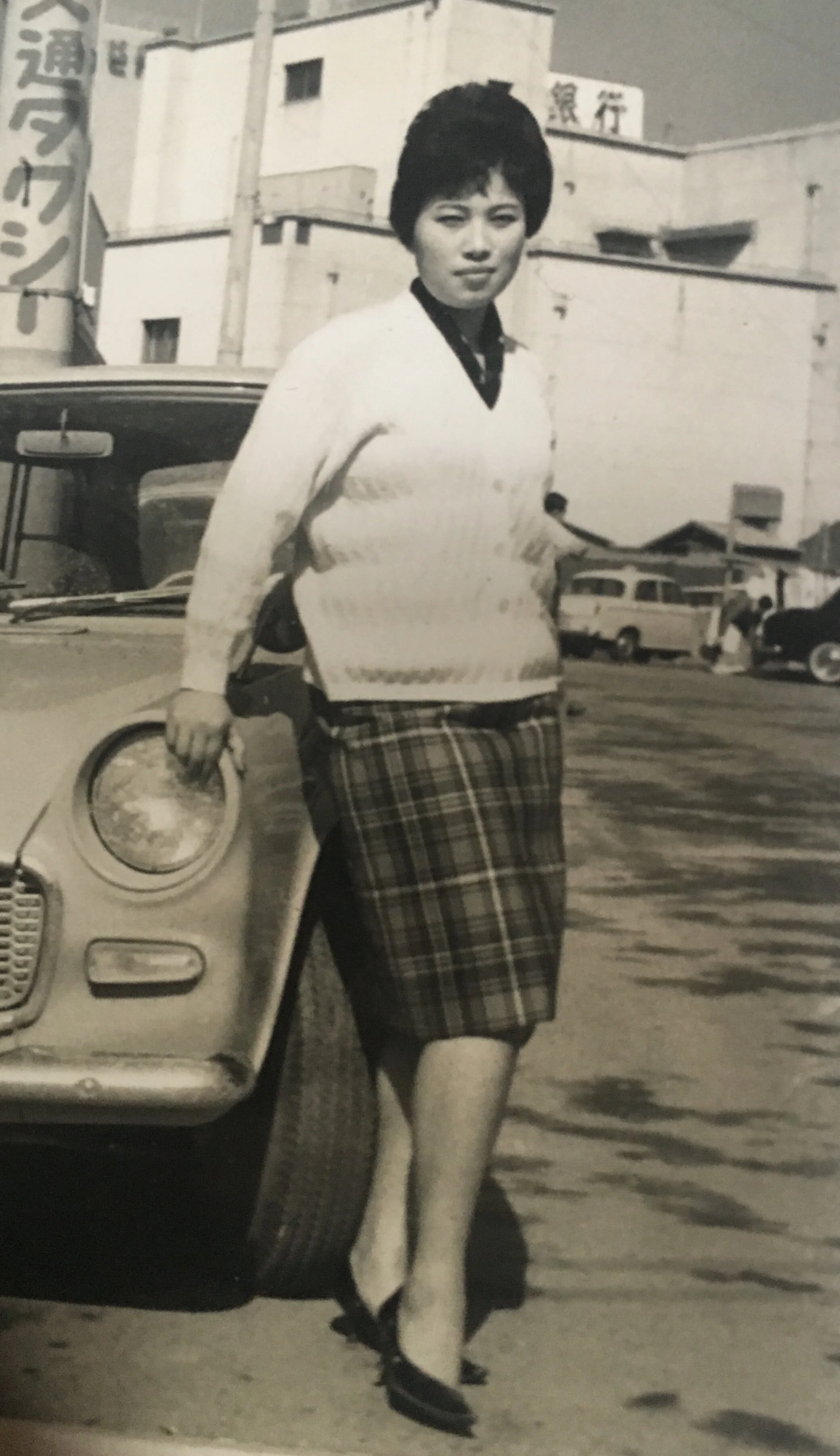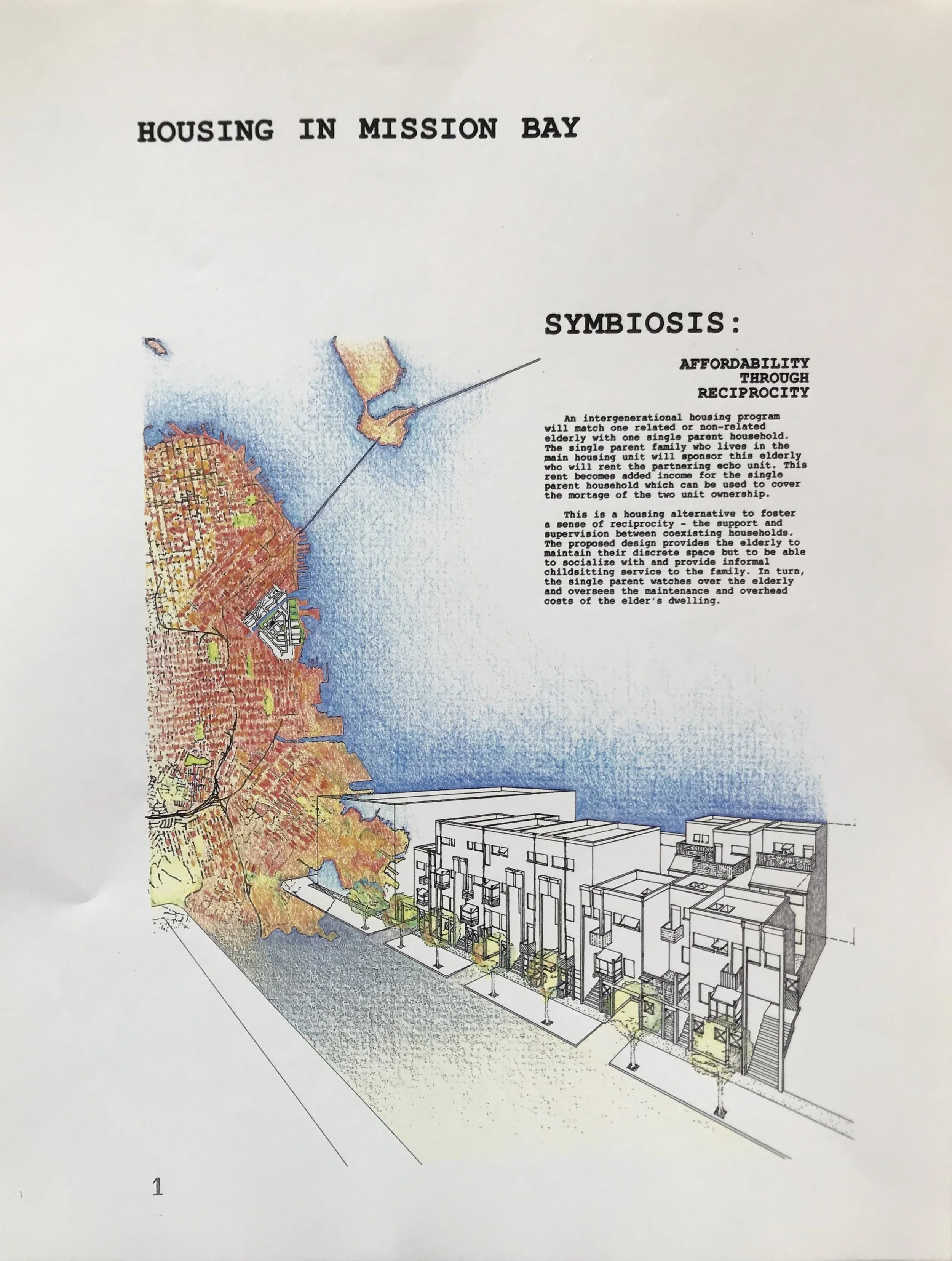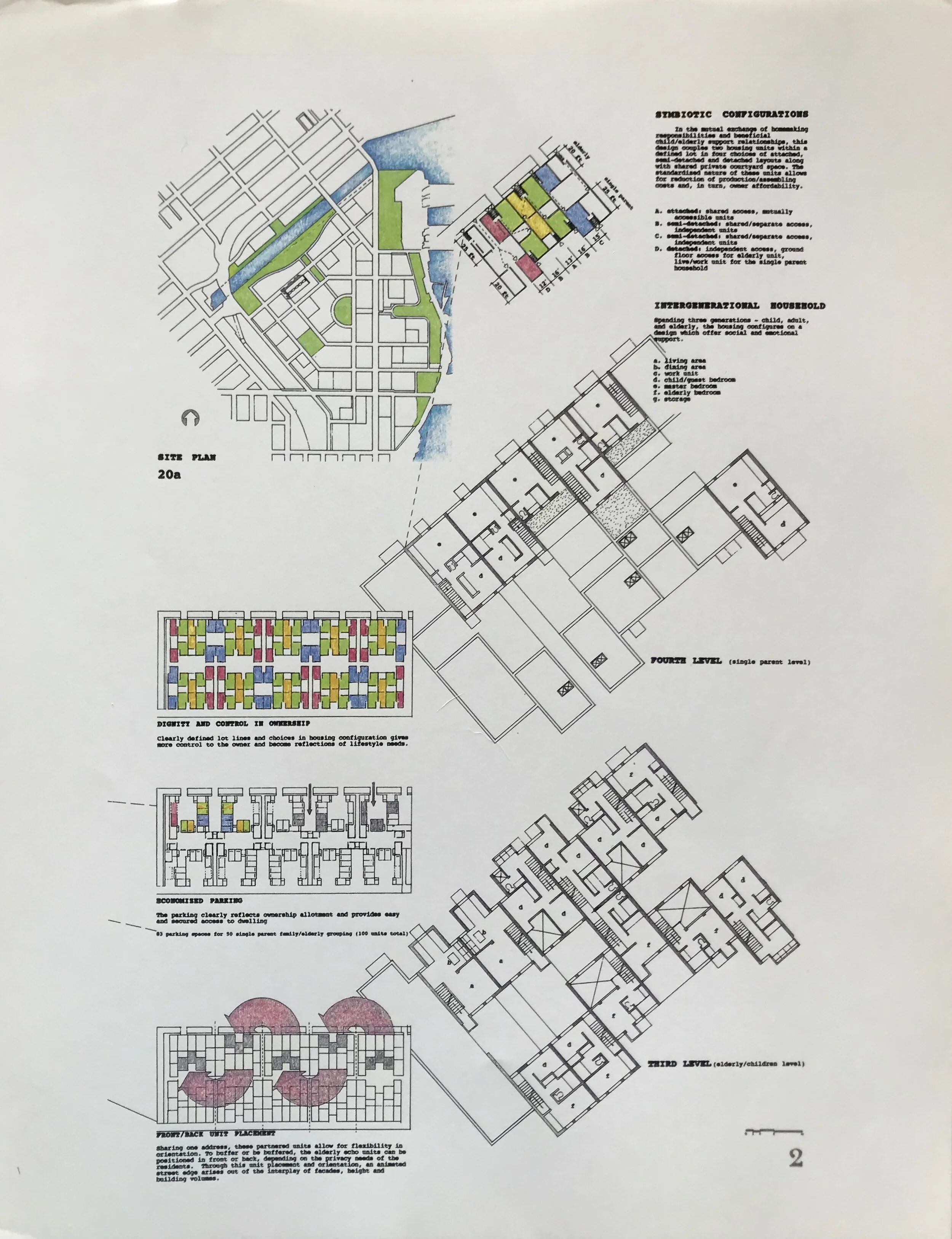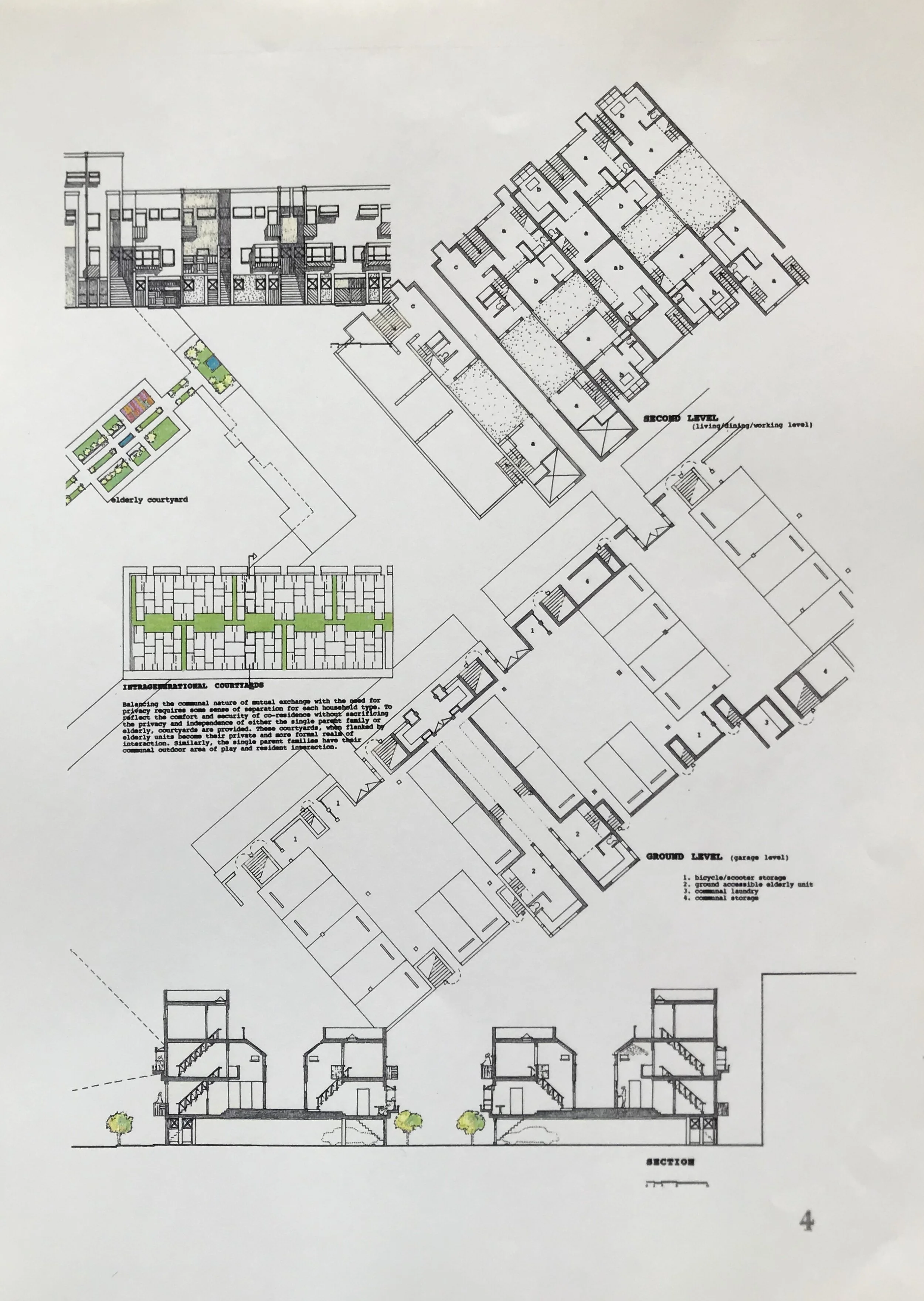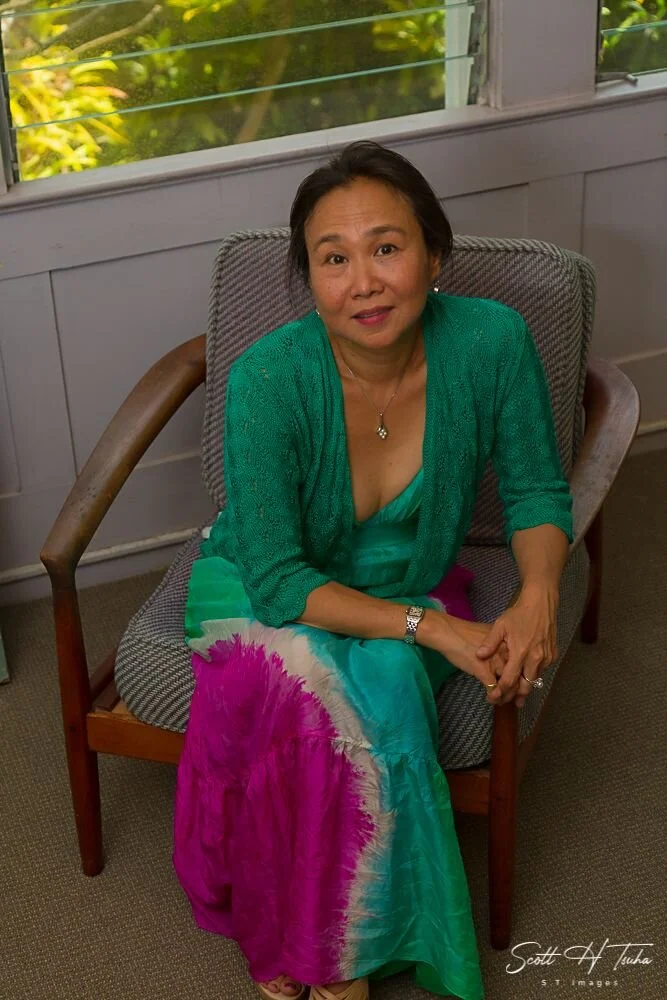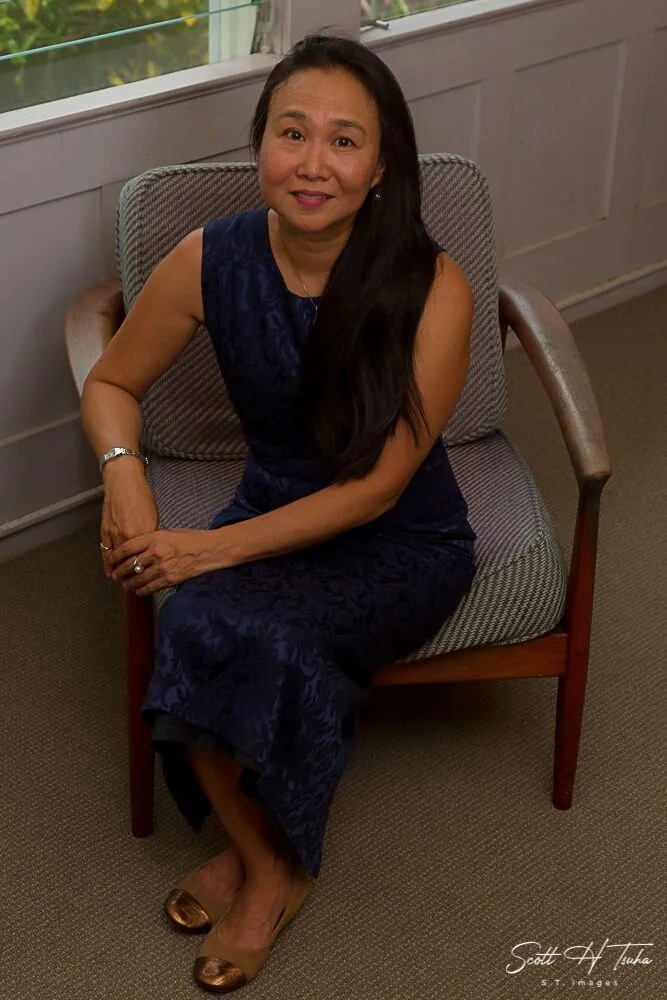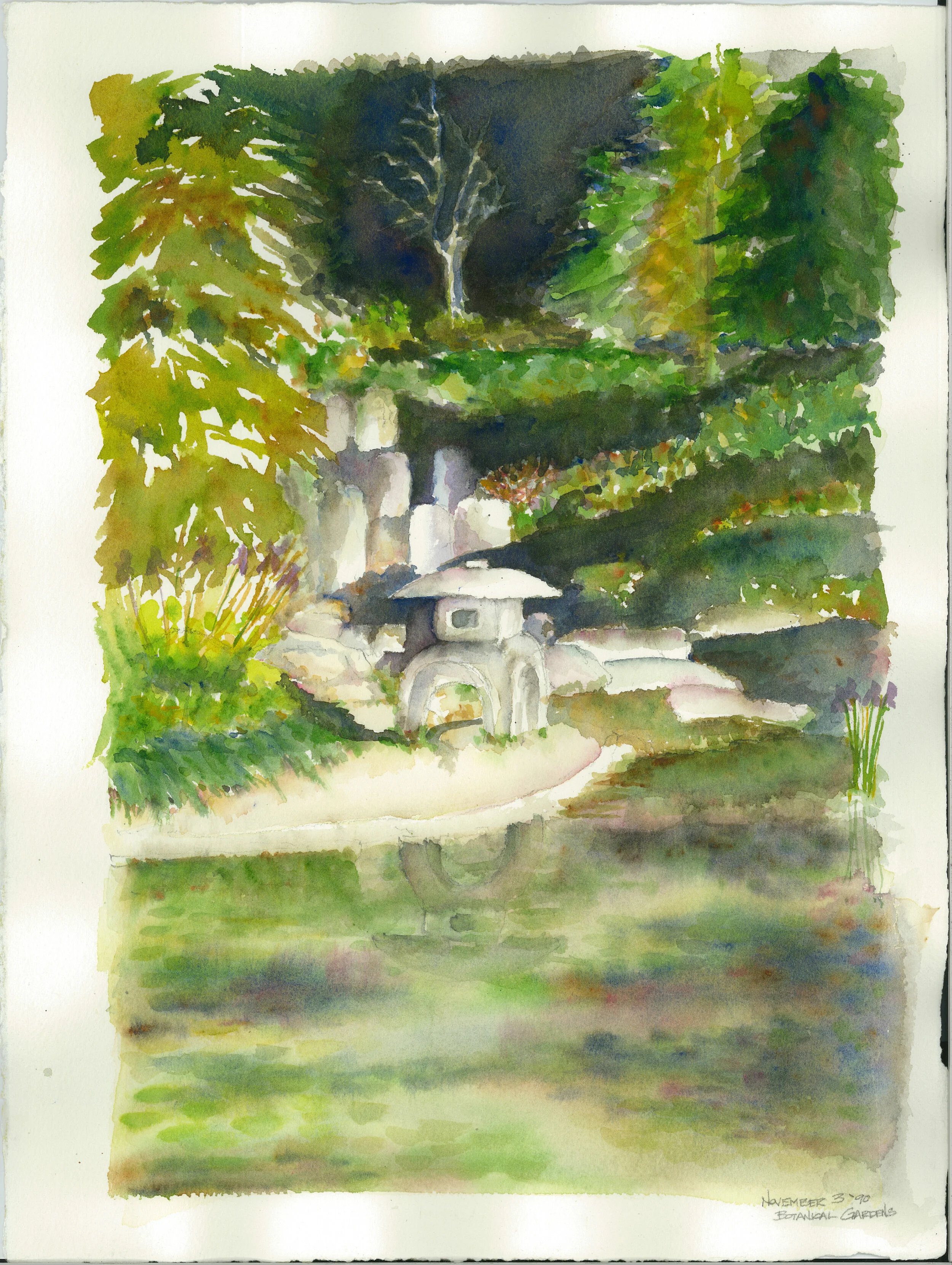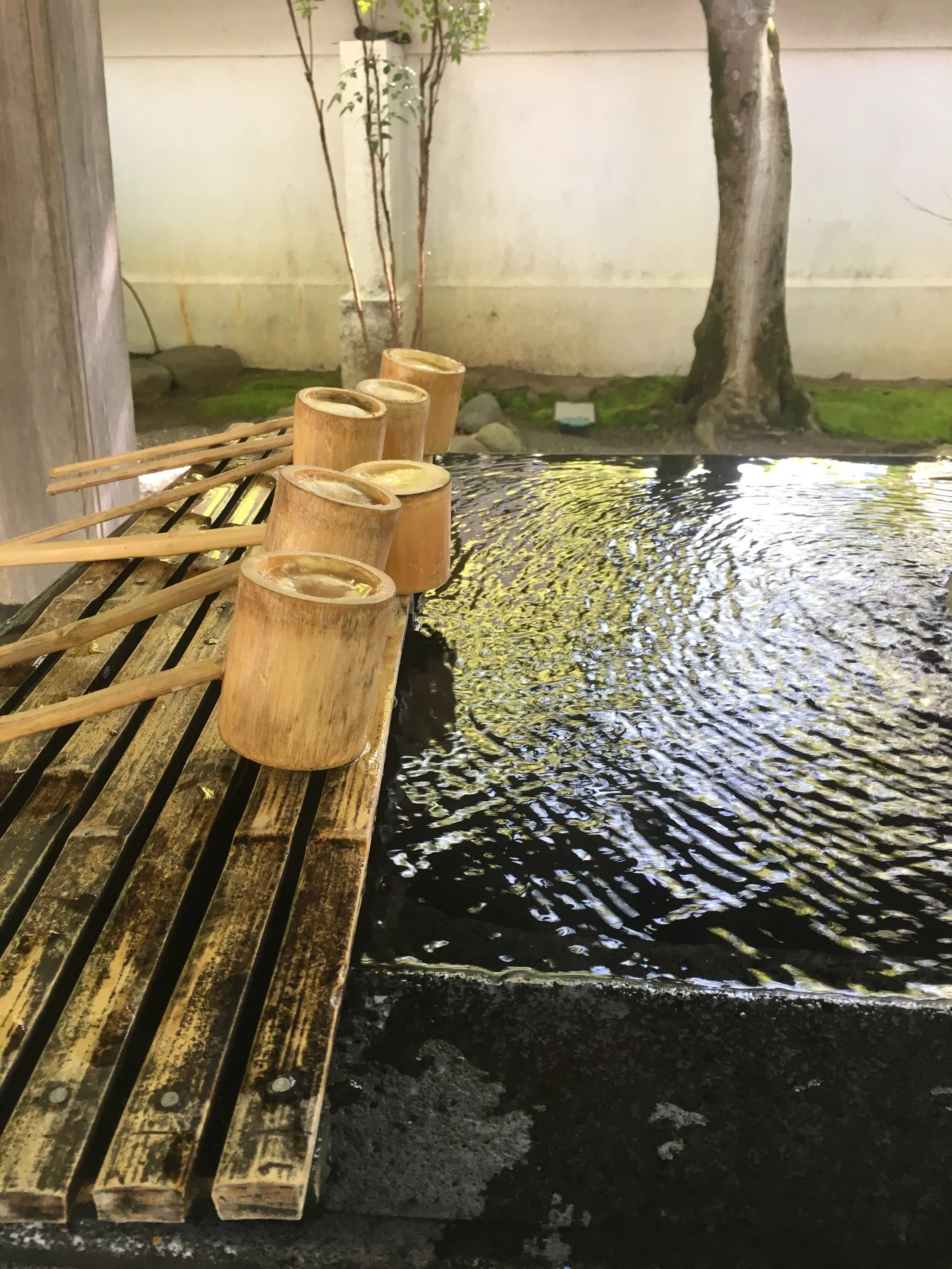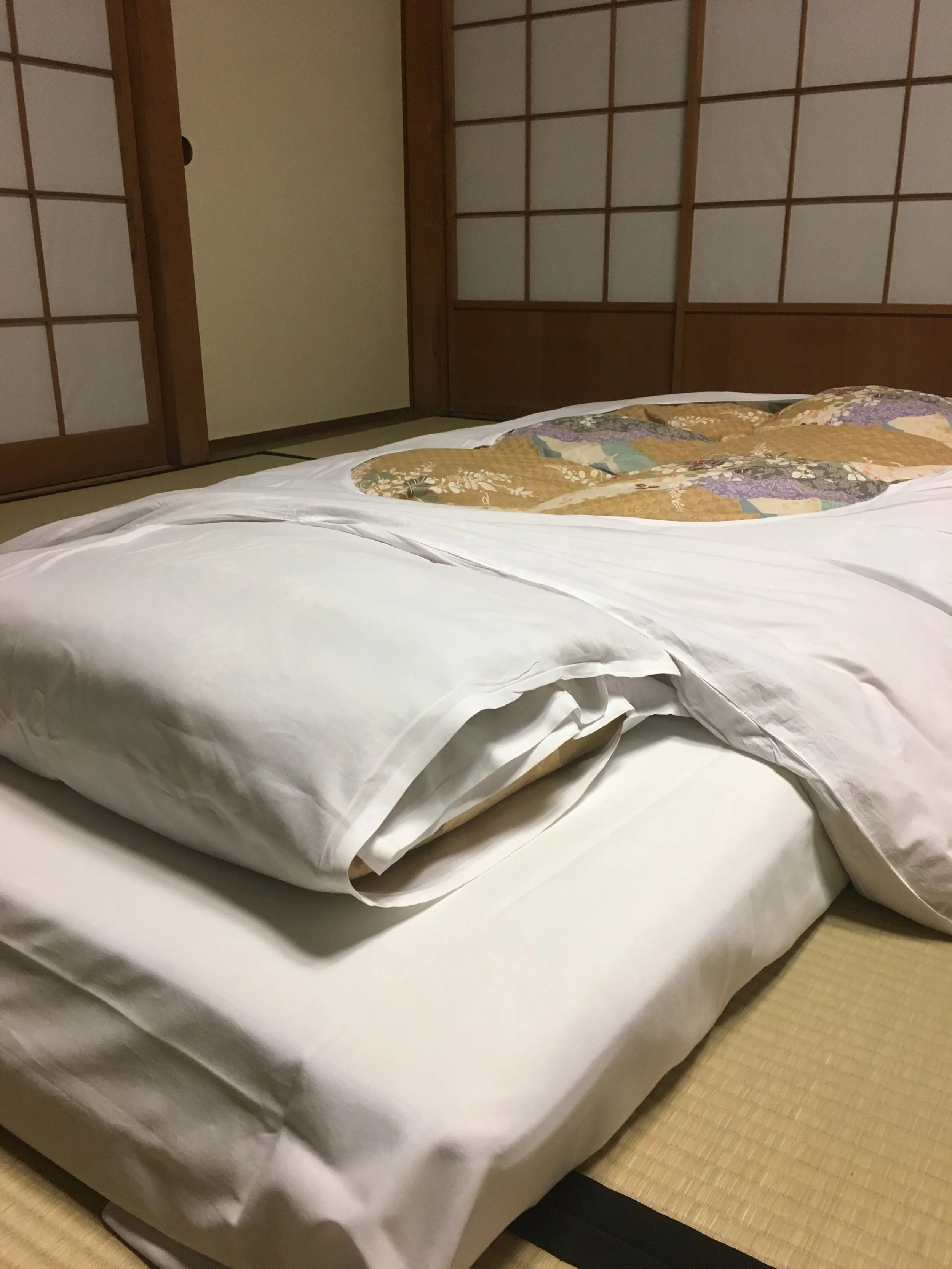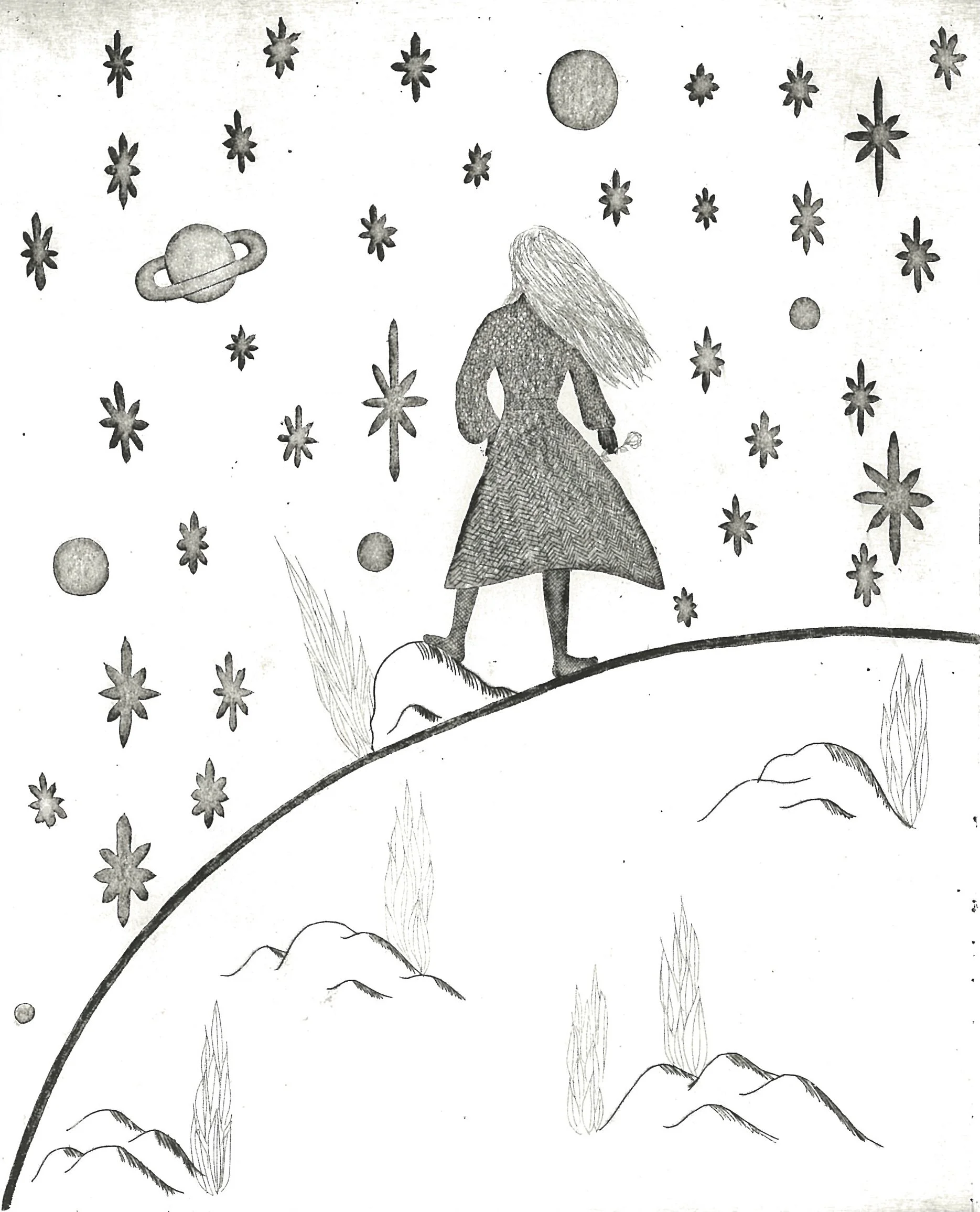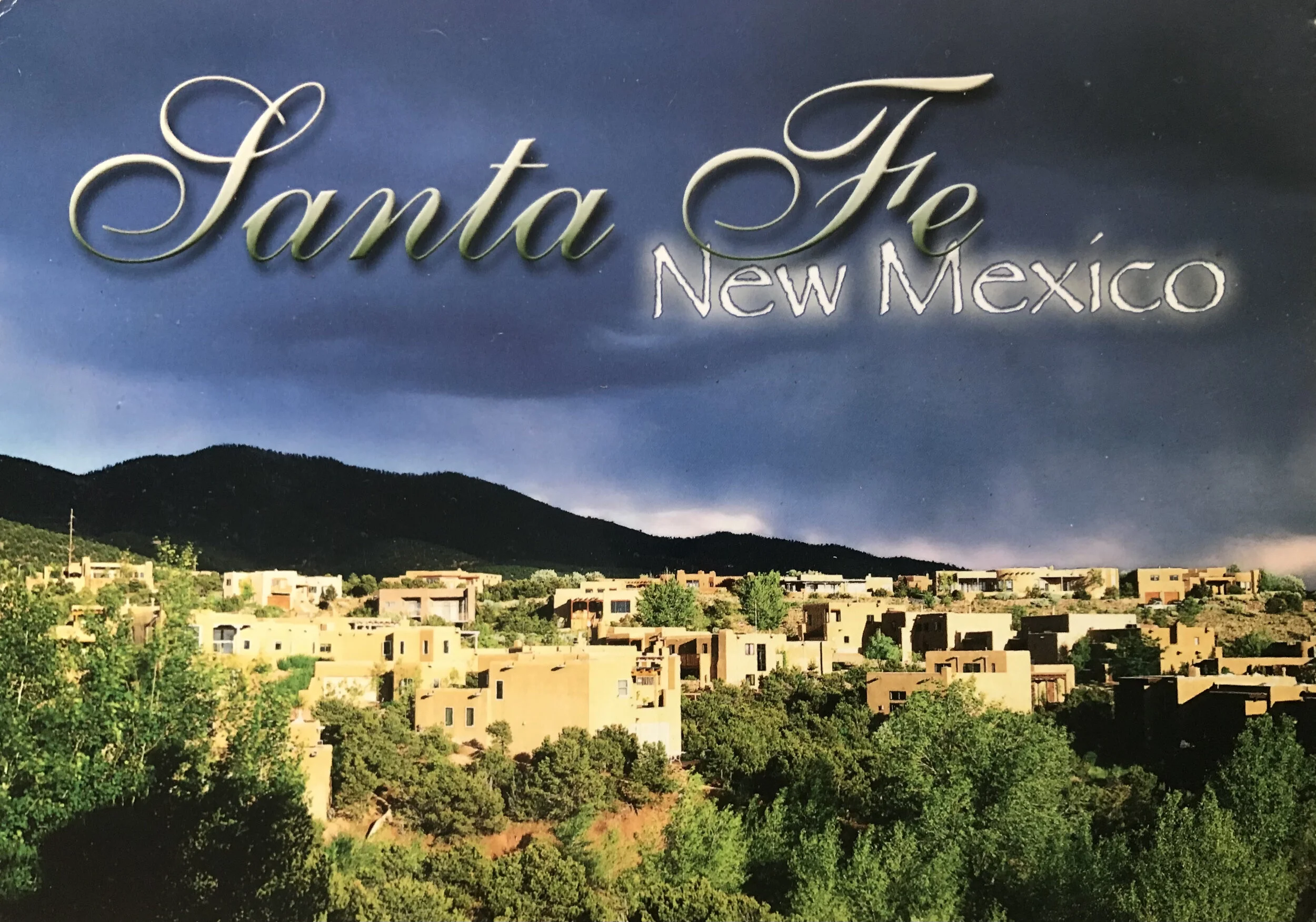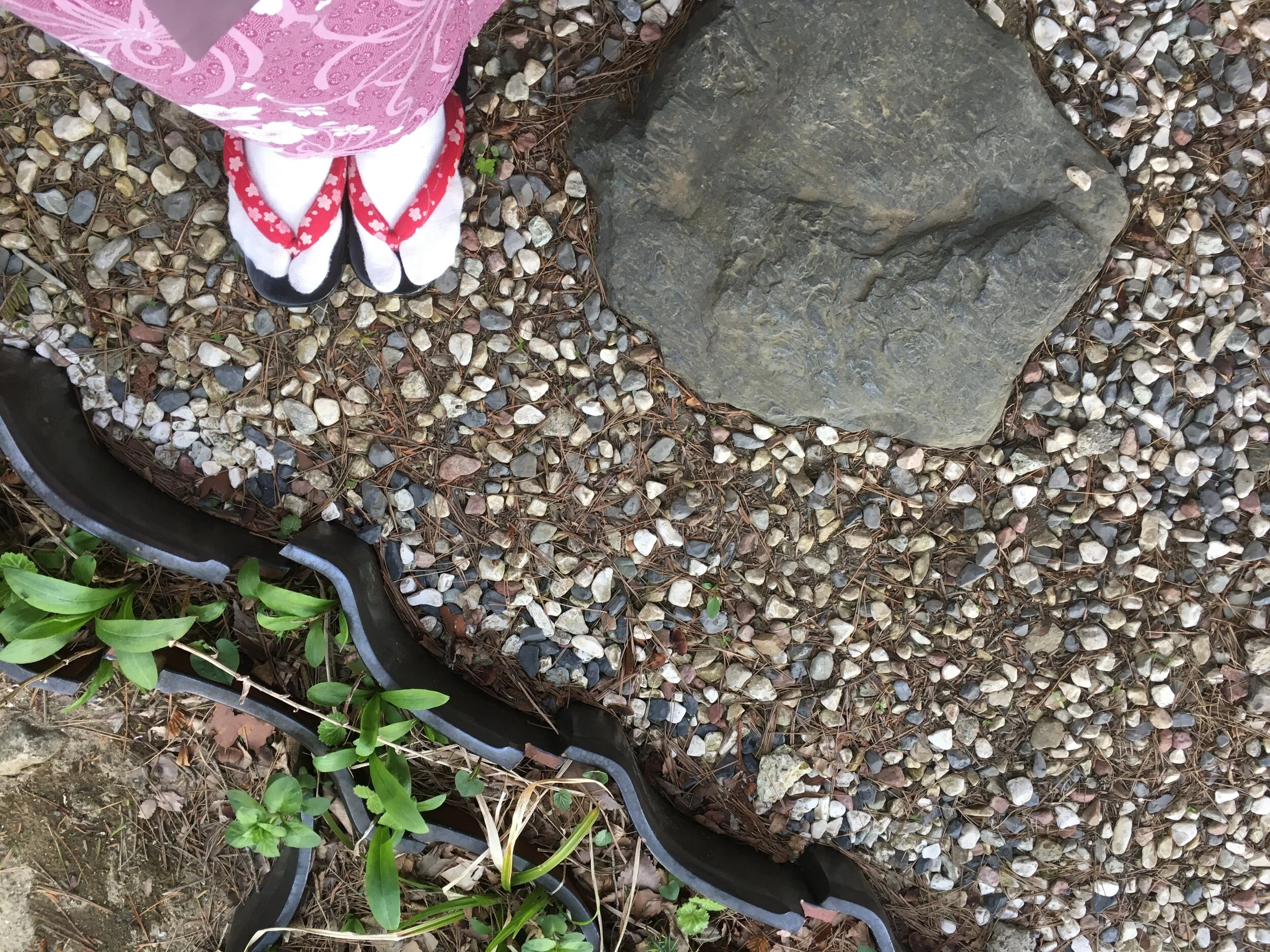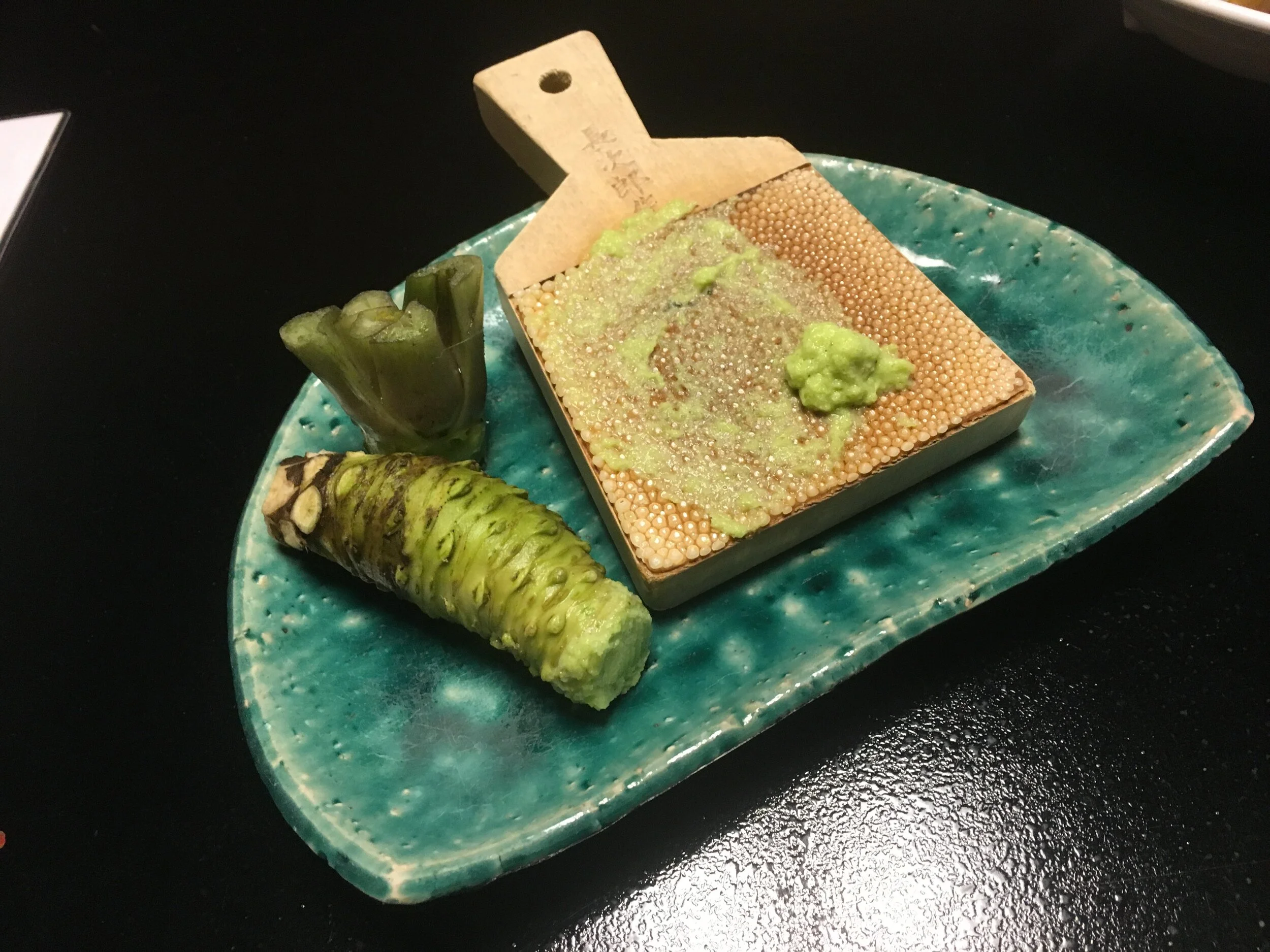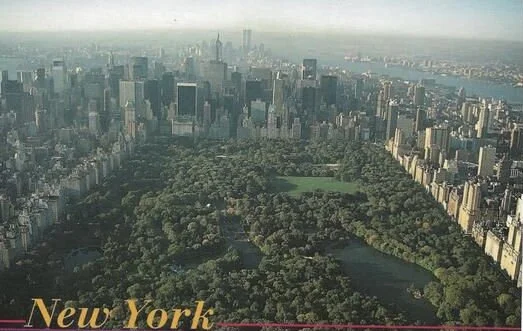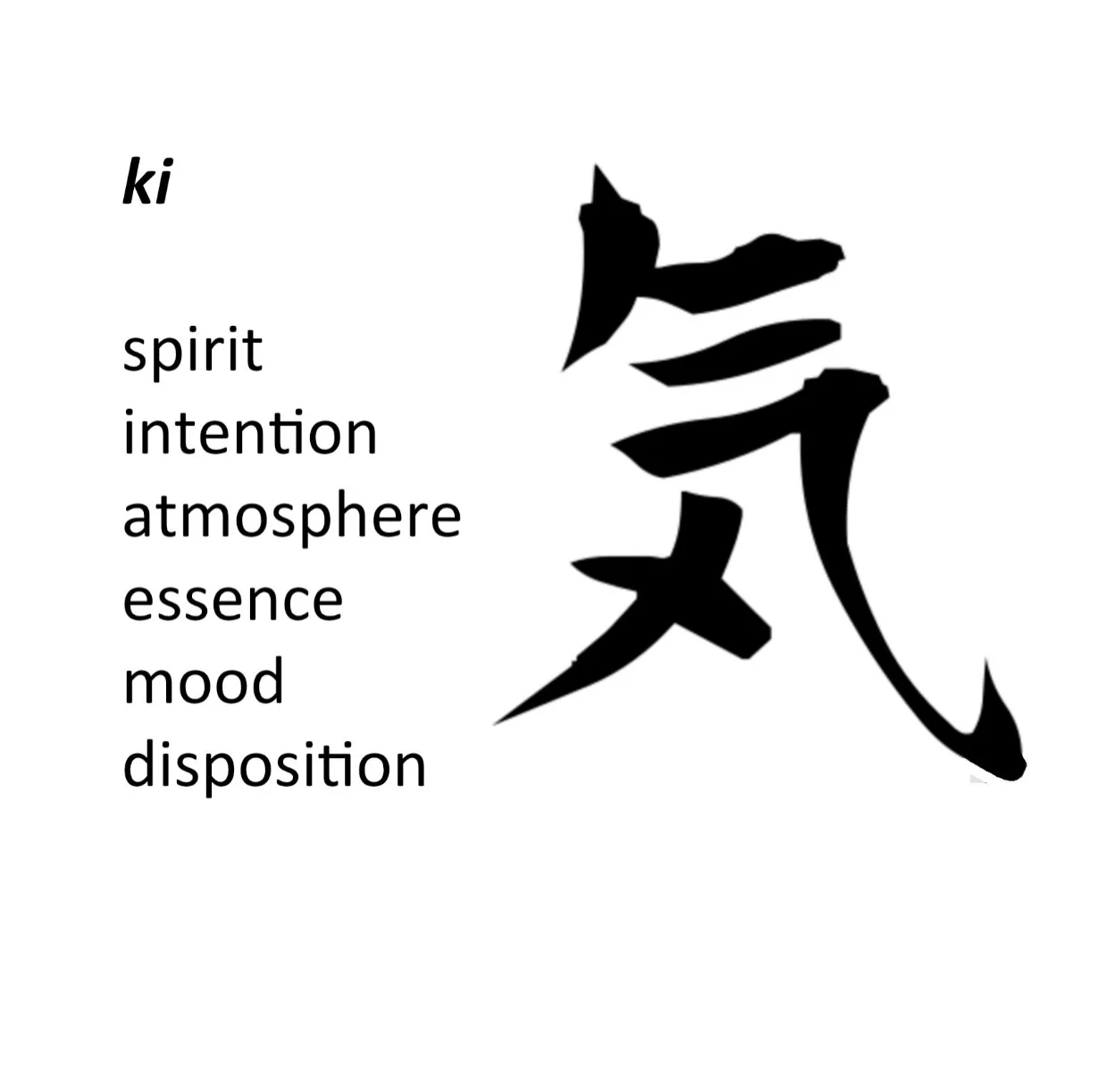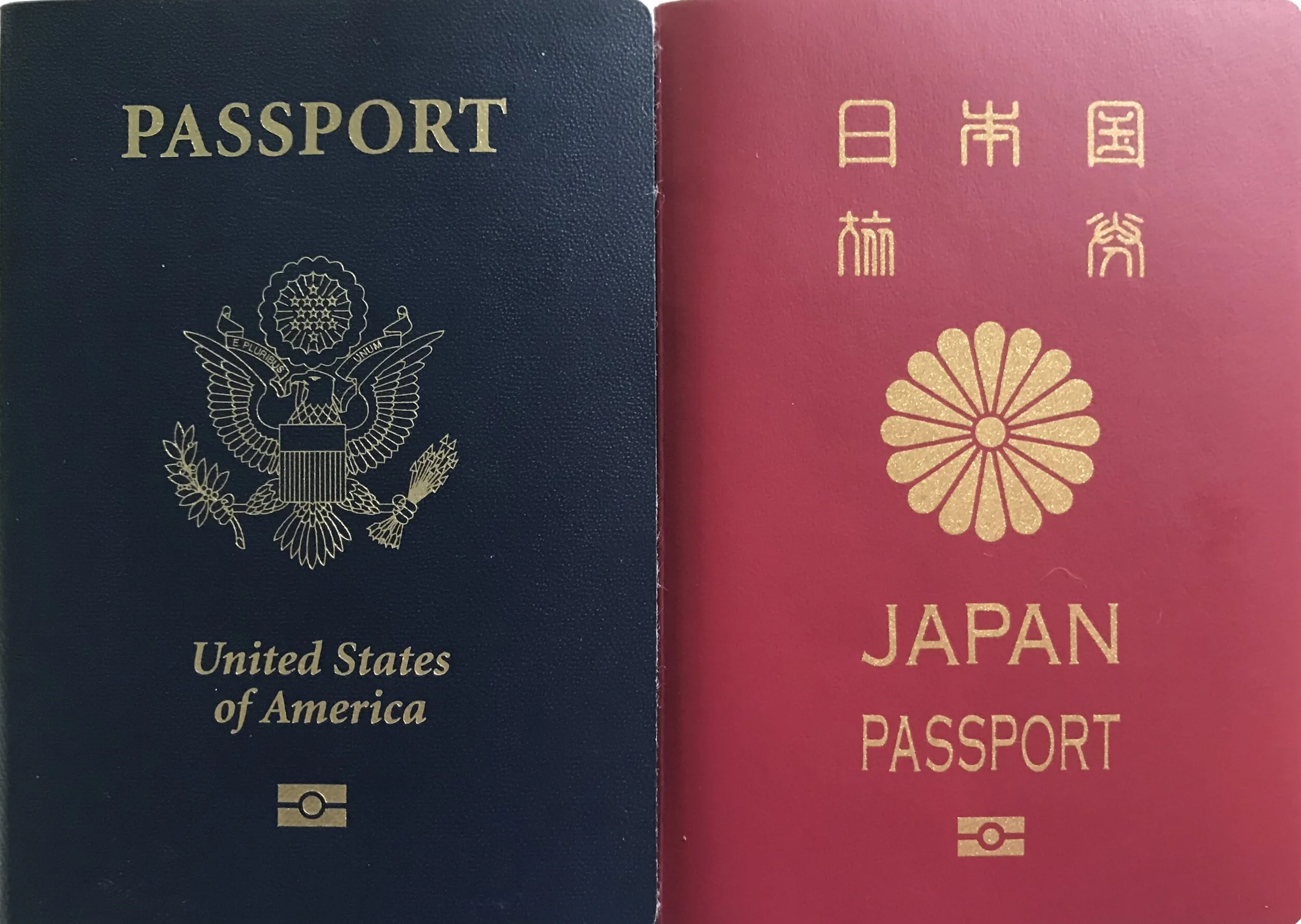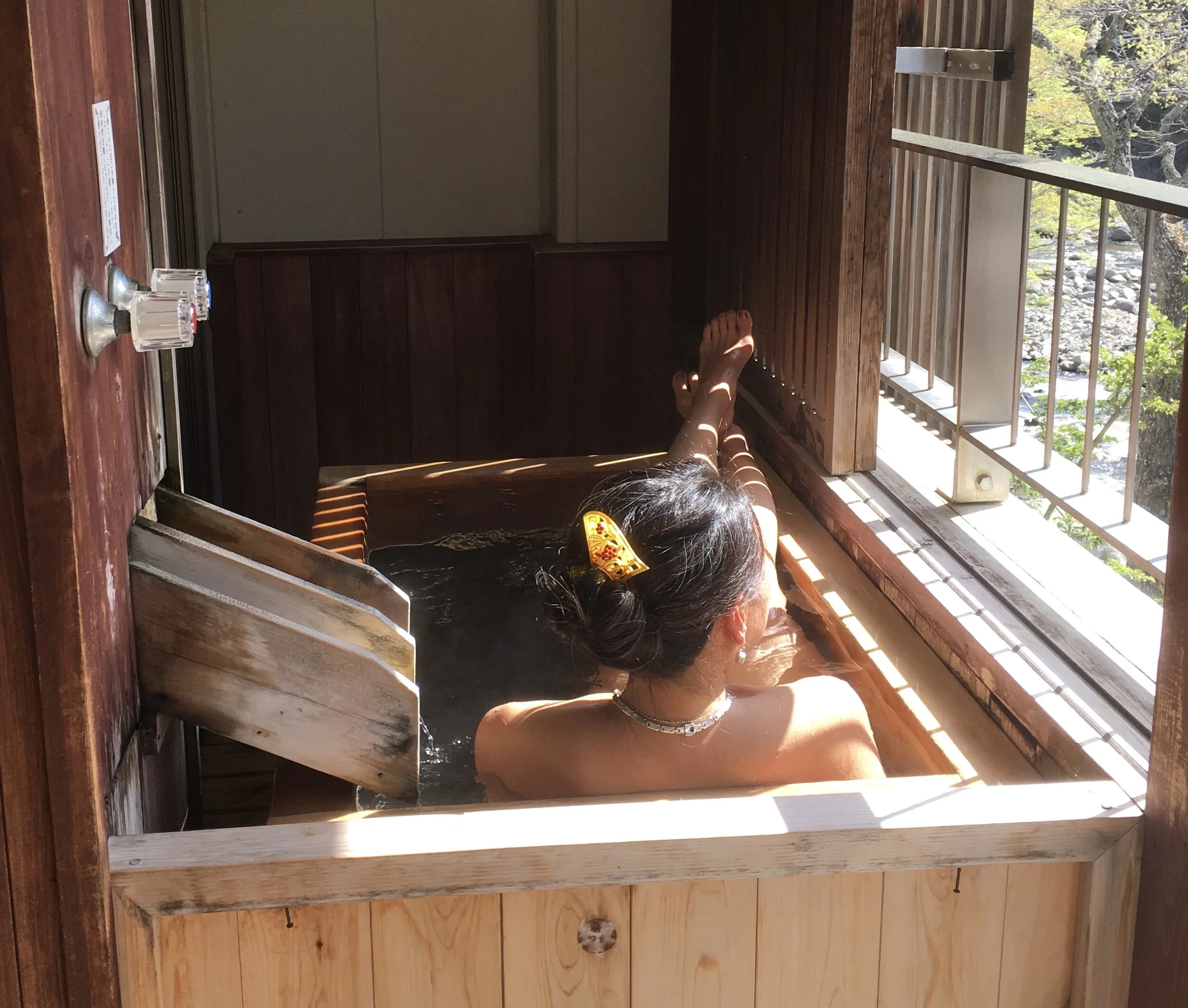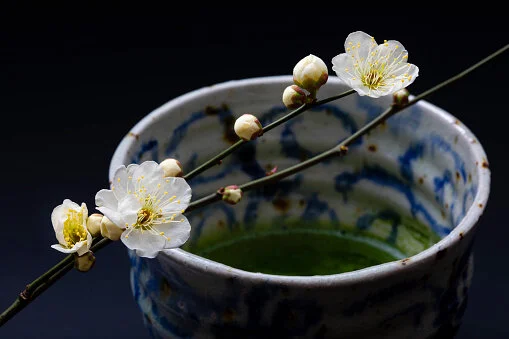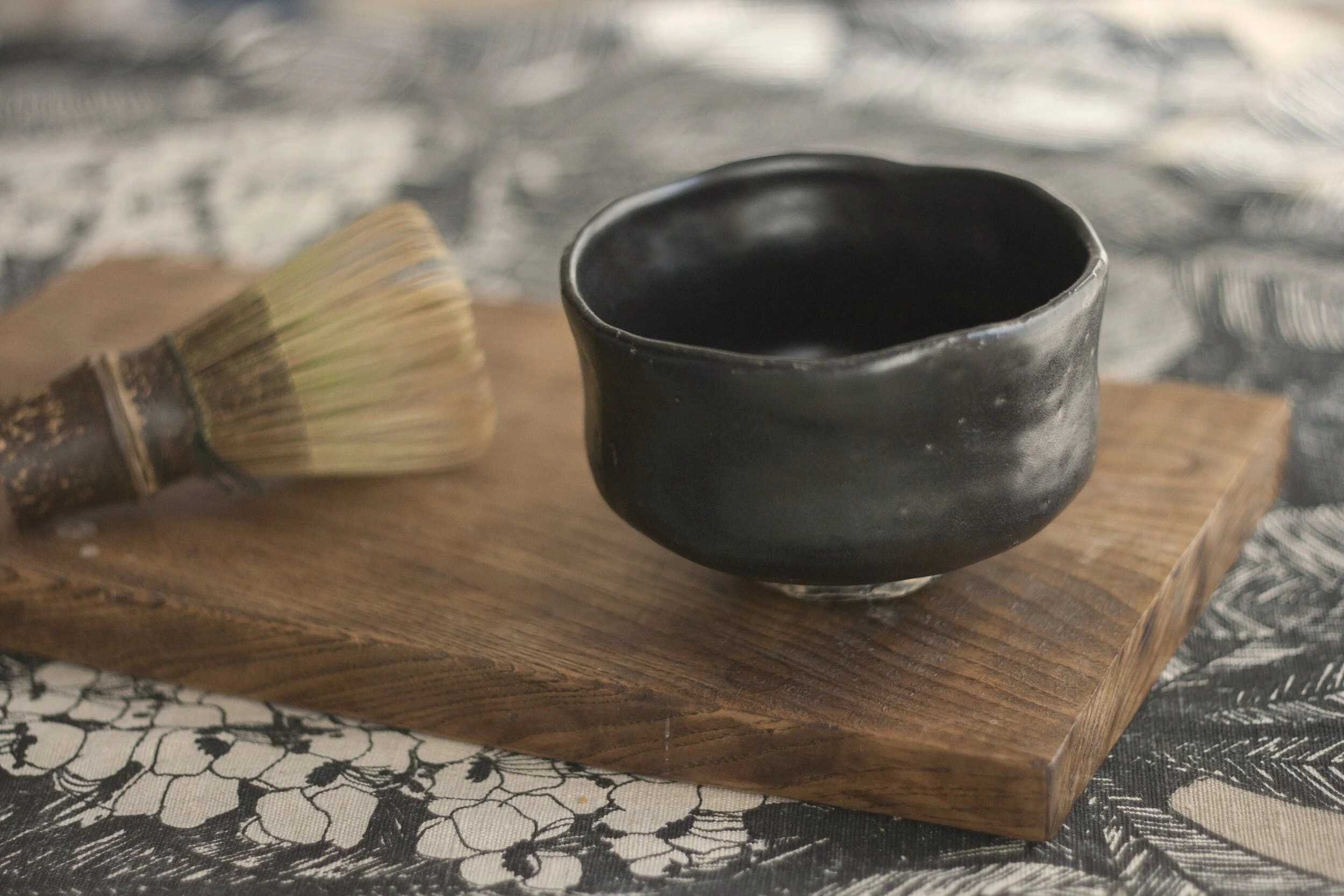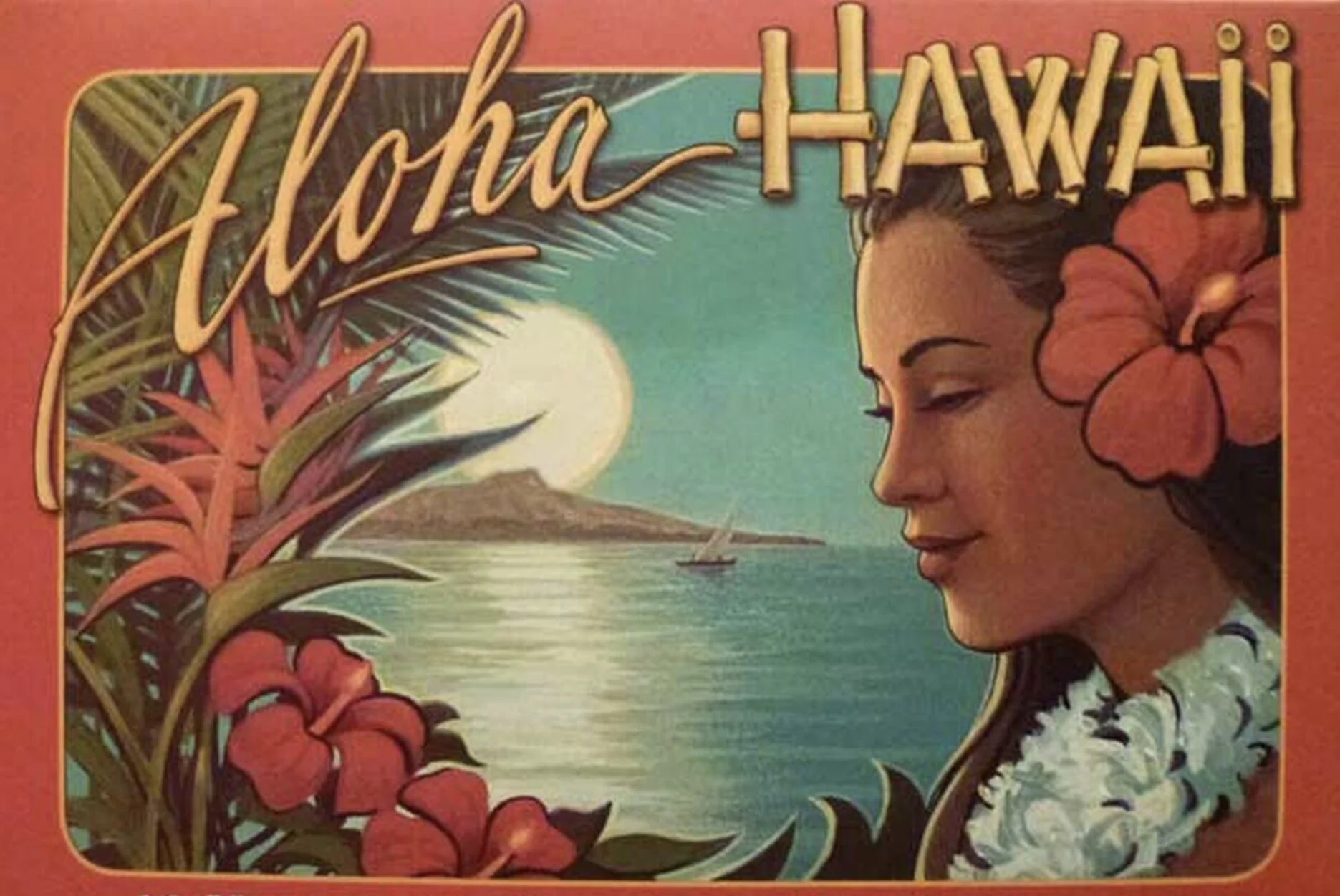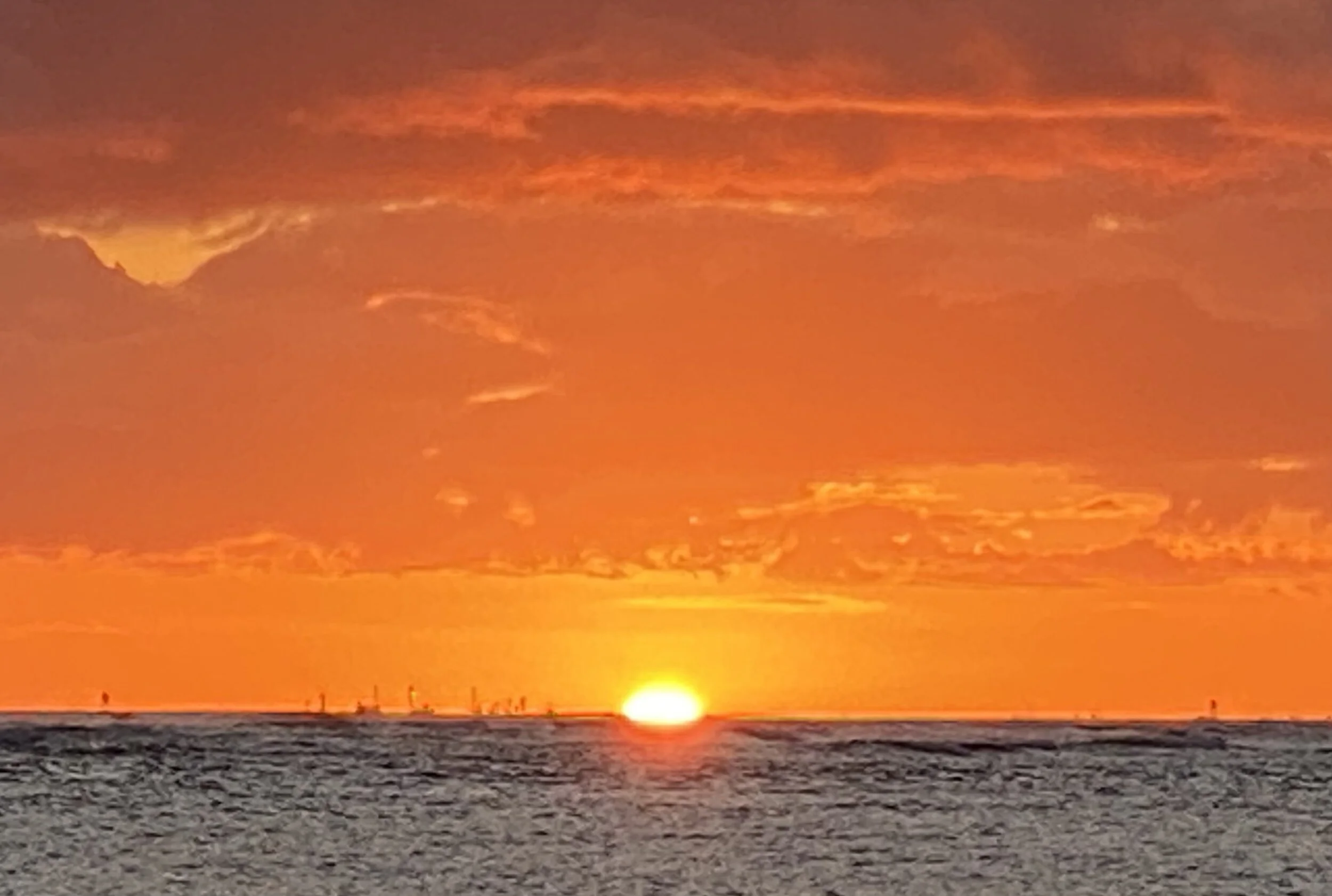Qi
How do we harness the energy of our origins?
My Japan
1960s
HAMAMATSU-CITY, JAPAN
気
Ki
Born and raised in New York to legal US aliens, I am of dual citizenship: United States and Japan. My family is split between both countries. A hybrid-Issei family, we ceased to live in Japan, but never ceased being Japanese. America is my familial home.
My Japanese father’s American transformation started from being a single Japanese émigré to getting married, celebrating the birth of a first child, to later welcoming a second child and eventually creating an American suburban family life. He loved America, lived in New York and tinkered on reviving old watches until his death in 2014 at 80 years old. My father and I shared an affinity for watches–beautifully designed functional wearable art. All of my academic milestones are memorialized with his gifted timepieces. My last being a Movado Kingsmatic gold beauty which he proudly repaired himself.
My mother, Yoshiko Takahashi, graduated from a prestigious women’s high school in Hamamatsu, Japan. She furthered her life with domestic refinement education in ikebana, doll-making, tea, sewing, knitting crochet, embroidery and kimono making/dressing until her arranged marriage to my father. She returned to Japan two years after my father’s death. Both parents never relinquished their Japanese passports, choosing to remain US aliens for over half a century.
My family could not afford camp or vacation trips during spring weeks and holidays. Instead, we alternated trips to Japan every two years. Our summers in Hamamatsu showed me another side of my private, reticent mother. In Japan, she transformed into an energetic, confident, fluent in language, fearless and adventurous woman. It was during these summers that I began to understand the importance of language and culture.
read more
My mother became an enthusiastic traveler, eager and intent on showing her daughters the beauty of Japan. A history buff, she made full use of our Japanese Rail Passes and took us to many historically registered sites. We saw towering Buddhas in solid wood and bronze, amazing human feats of endurance. We watched fish being caught from water, cleaned and then beautifully served on our plate in mere moments. Our three month sojourns also introduced me to my extended family, my authentic mother and the magic of travel.
My family celebrated, appreciated and took care of our home. While our neighboring families hired landscapers, house painters and interior decorators, my parents did it all themselves, sometimes truthfully to my naive embarrassment. Why can’t we be like everyone else? When we moved to a new home in Edgemont, NY, my mother’s only request was new flooring. She managed to maintain that light cream color shear cut wool wall to wall carpet for more than 30 years. The strict no-shoe policy applied to everyone; even the monthly Con Edison man respected her wishes.
I grew up watching my mother knit, crochet and sew. I learned how to crochet in a fourth grade after school program. From then on, I picked up knitting from my mother. I enjoyed seeing the process of creation. We designed sweaters together. We bought yarn during our travels. The teal sweater I have on (photographed) is made by my mom from yarn we bought together in Venice in 2000. My ambitious mother made everything from the curtains to our prom dresses. With her classic training in sewing, she was adept at altering patterns to fit our bodies perfectly. I often would send her remnant sale fabrics with a photo and/or sketch. I love wearing my mother’s handmade creations - knowing that they are made just for me. The value of them is immeasurable and personal.
There is beauty and richness in recognizing and honoring our origins. Perfectly imperfect–not to be like everyone else. The energy of our environments reflect our agency and personal legacy.


